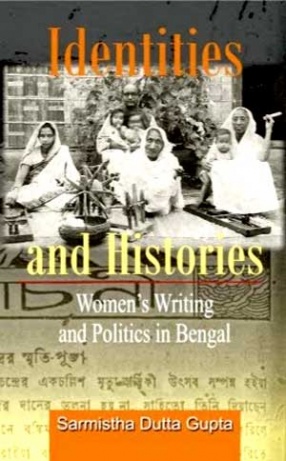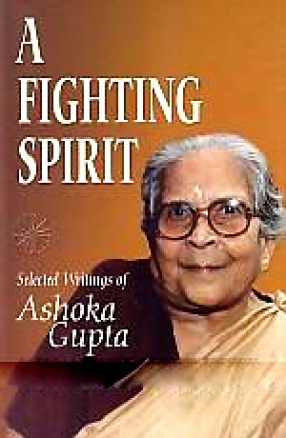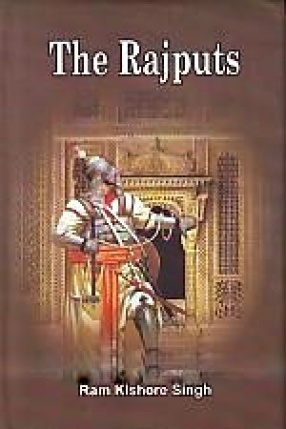Sarmistha Dutta Gupta is a scholar, translator and activist who has published earlier with Stree has a new book out. In Identities and Histories: Politics and Women’s Writings in Bengal she explores the interface between women’s writing and politics and studies gender identities in their shifting interrelations with other categories of identity like class and religion. Focusing on what Bengali middle-class women wrote in leading literary and political journals of the 1920s to the 1950s: Probasi, Saogat, Jayashree, Mandira, Gharey-Bairey and in the daily newspaper of the Communist Party of India, Swadhinata, the author interrogates the fashioning of different kinds of selfhood of women through papers subscribing to different ideologies.
Literary journals like the prestigious Probasi, founded and edited by Ramananda Chatterji from 1901, encouraged women to bring their refined femininity to the outside world while remaining contained within enlightened domesticity. Saogat, founded in 1918 by Mohammad Naseeruddin, madewriters out of Muslim women within the confines of their homes. By the 1940s, as women became more adept writers, they were shifted to a separate domain, Mahila Saogat, and later to the weekly Begum.
Jayashree, Mandira and Gharey-Bairey were committed to expanding the political consciousness of women. Leela Roy (Nag), an early nationalist and feminist, founded Jayashree in 1931, to bring like-minded women together against the empire. Mandira was founded in 1938 by Kalyani Bhattacharjee and Kamala Mukherjee who had met while incarcerated as political prisoners and later joined the Congress Mahila Sangha. Increasingly dominated by Congress political compulsions, by 1948 it had a male editor. Begun in 1948, Gharey- Bairey’s prime founders were leading Communists Manikuntala Sen and Kanak Mukherjee of the Mahila Atmaraksha Samity, who tried to keep it free of party control. Divisions within the fracturing party brought on its brought on its demise. Swadhinata, founded in 1945 by the Communist Party of India, addressed the large majority of Bengali women for the first time. But here too ‘masculine’ and ‘feminine’ spheres of work were sustained and women’s writing gradually got confined to women’s pages. Exposing hitherto neglected aspects of cultural politics in Bengal through incisive analysis of largely uncharted material, the book makes structural connections between what women produced and the politics of the public as well as the private spheres.







There are no reviews yet.